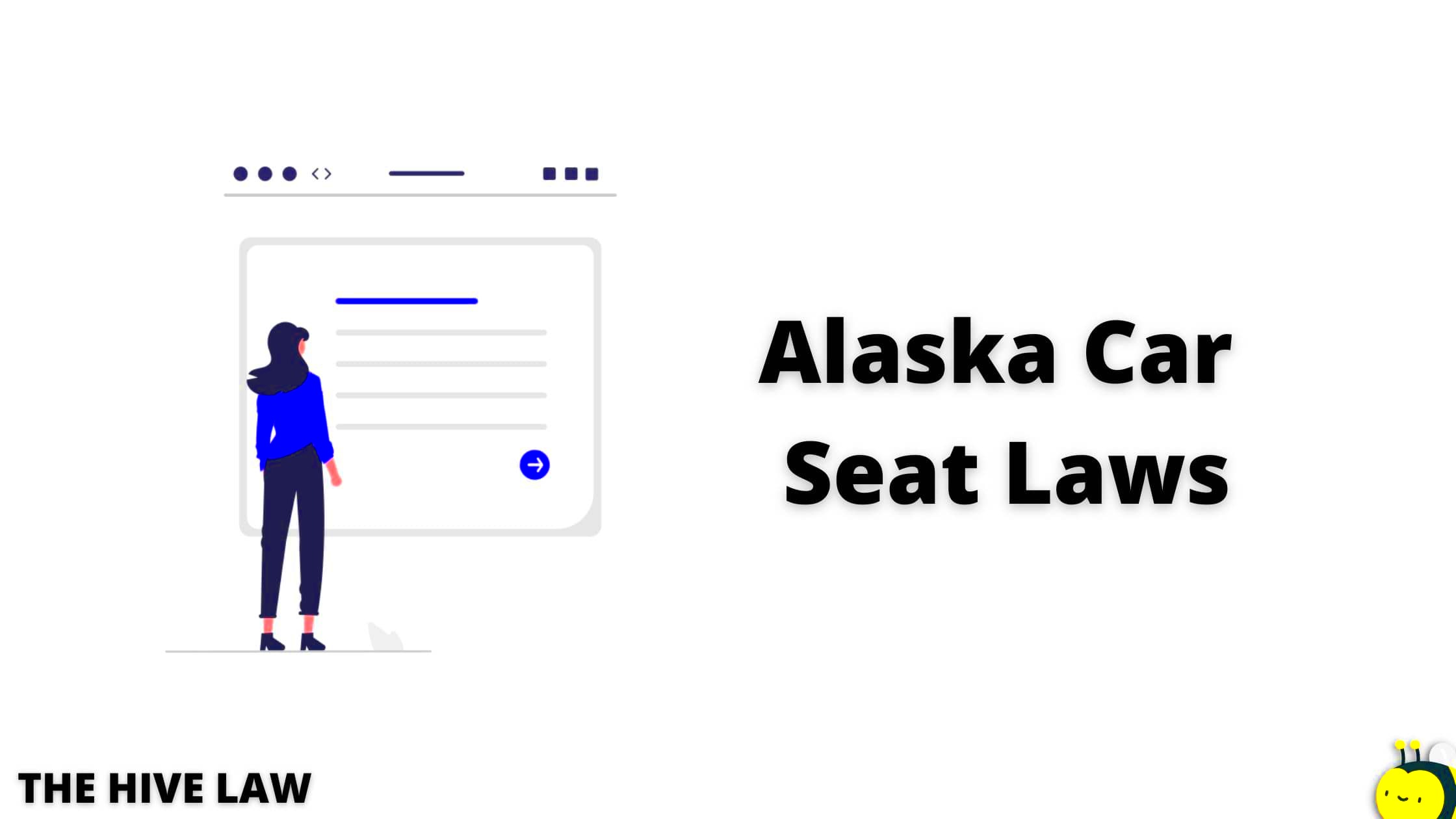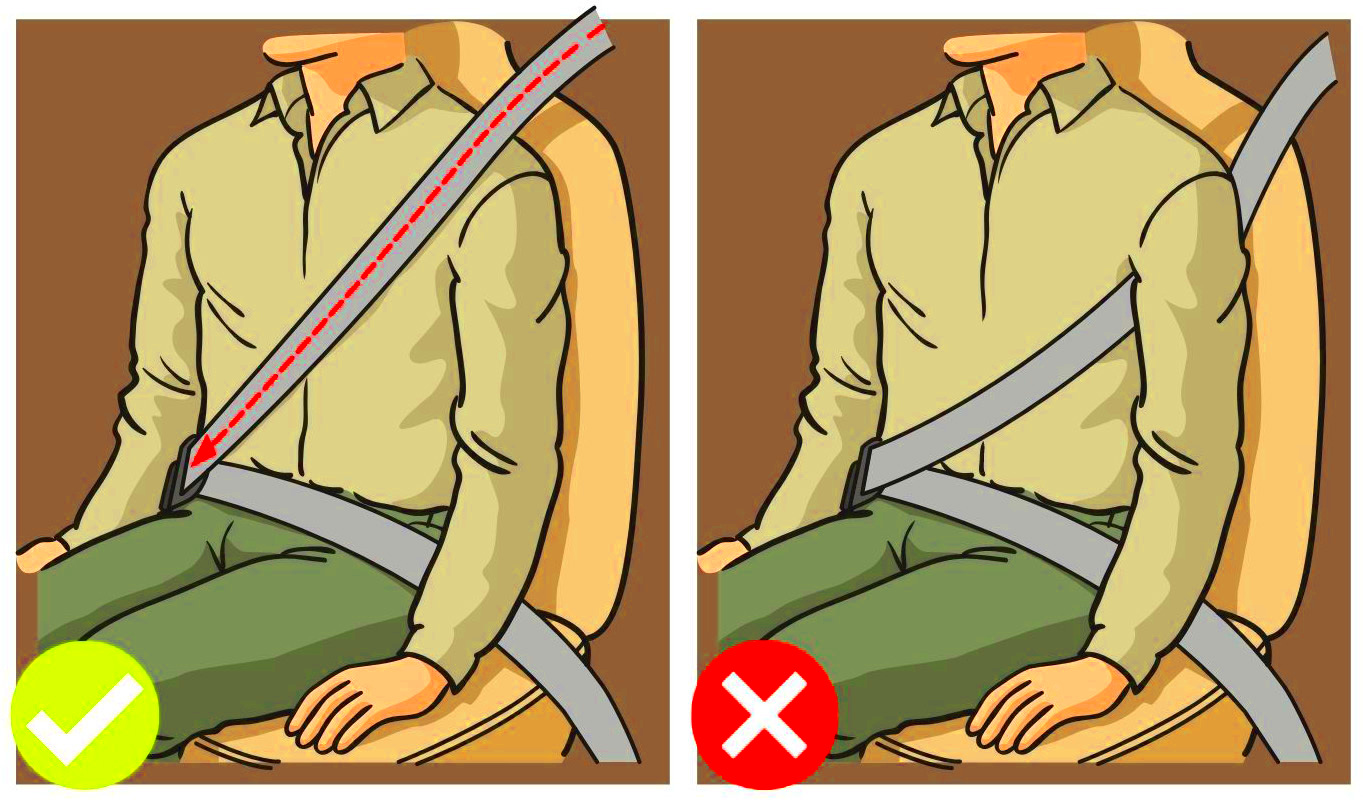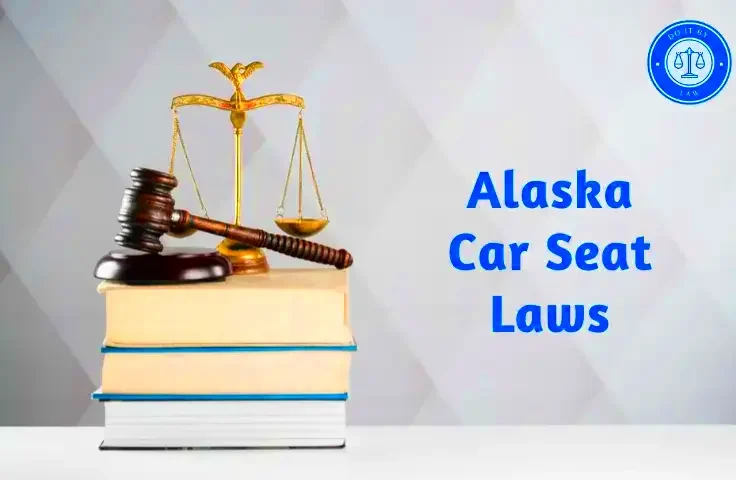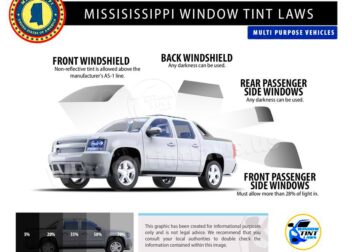Understanding Alaska Seat Belt Law and Its Requirements
The Alaska Seat Belt Law is designed to enhance safety for all vehicle occupants. This law mandates the use of seat belts for drivers and passengers, significantly reducing the risk of injury during accidents. Understanding this law is crucial for all residents and visitors in Alaska, as it ensures everyone’s safety on the road. Let’s dive into why wearing a seat belt is not just a legal requirement but also a vital safety measure.
Importance of Wearing Seat Belts in Alaska

Wearing a seat belt is one of the simplest yet most effective ways to protect yourself while driving or riding in a vehicle. Here are some key reasons why seat belts are important:
- Prevention of Injuries: Seat belts can significantly reduce the severity of injuries in a crash. They help keep passengers secured in their seats, minimizing movement during an accident.
- Reduction in Fatalities: Statistics show that wearing a seat belt lowers the risk of fatality in a crash. In Alaska, many lives have been saved due to this simple act.
- Legal Compliance: Following the seat belt law helps you avoid fines and legal consequences. It’s always best to comply with local laws.
- Setting an Example: Wearing a seat belt encourages others, especially children, to do the same. It fosters a culture of safety on the roads.
In summary, wearing a seat belt is essential for protecting yourself and others on the road. It’s a small action that can make a significant difference in the event of an accident.
Who is Required to Wear a Seat Belt in Alaska

In Alaska, the seat belt law applies to various individuals in a vehicle. Here’s a breakdown of who is required to wear a seat belt:
- Drivers: All drivers must wear a seat belt while operating a vehicle.
- Front Seat Passengers: Any passenger seated in the front seat must also wear a seat belt.
- Back Seat Passengers: While the law varies, it’s recommended that all back seat passengers wear seat belts for safety.
It’s important to note that:
- Children under the age of 16 are required to be properly restrained in a seat belt or child safety seat.
- Rideshare drivers and passengers are also subject to the same seat belt regulations.
By following these requirements, everyone can contribute to safer roads in Alaska.
Exceptions to the Seat Belt Law in Alaska

While the seat belt law in Alaska is straightforward, there are some exceptions that you should be aware of. Understanding these exceptions can help you navigate the law more effectively. Here are the main exceptions:
- Medical Exemptions: If you have a medical condition that makes wearing a seat belt unsafe or impossible, you may be exempt. A doctor’s note may be required to validate this exemption.
- Taxi and Rideshare Drivers: In certain situations, taxi drivers and rideshare drivers may not be held to the same seat belt requirements as private vehicle operators, particularly when picking up or dropping off passengers.
- Vehicles Not Required to be Registered: Some vehicles, like certain farm equipment or antique cars, may not be subject to the seat belt law if they are not required to be registered in Alaska.
It’s important to remember that even with these exceptions, safety should always come first. Wearing a seat belt is still the best way to protect yourself and your passengers.
Pennalties for Not Wearing a Seat Belt in Alaska
Not wearing a seat belt in Alaska can result in penalties that vary based on the circumstances. Here’s what you need to know about the consequences of not buckling up:
- Fines: The primary penalty for failing to wear a seat belt is a fine. As of recent regulations, the fine for adults is typically around $15. However, fines can increase for repeat offenses.
- Additional Penalties for Passengers: If a passenger under the age of 16 is not wearing a seat belt, the driver can face fines that may be higher, reflecting the responsibility of ensuring young passengers are safe.
- Insurance Implications: Failing to wear a seat belt might also affect your car insurance rates. Insurance companies may consider it a factor in determining your premium, as it increases risk.
Overall, it’s not just about the financial penalties; the real cost is your safety. Buckling up is a small effort that leads to significant protection.
How Seat Belt Compliance is Enforced in Alaska
Enforcement of seat belt compliance in Alaska is taken seriously by law enforcement agencies. Here’s how it works:
- Routine Traffic Stops: Police officers may pull over vehicles for various traffic violations and check for seat belt usage during these stops. If they notice that a driver or passenger is not buckled up, they can issue a citation.
- Safety Campaigns: Alaska often participates in national and local seat belt awareness campaigns, which involve increased enforcement during specific periods, like holidays or busy travel seasons.
- Public Education: Alongside enforcement, Alaska also focuses on educating the public about the importance of wearing seat belts through community programs and media campaigns.
By understanding how compliance is enforced, you can make informed decisions about your safety and avoid unnecessary penalties. Remember, it’s always better to buckle up!
Benefits of Following Seat Belt Laws
Following seat belt laws brings numerous benefits that extend beyond just compliance. Here are some of the key advantages of buckling up:
- Enhanced Safety: The most significant benefit is safety. Seat belts dramatically reduce the risk of serious injuries or fatalities in the event of an accident. They keep you secure in your seat, preventing ejection from the vehicle.
- Reduced Healthcare Costs: Injuries from car accidents can lead to substantial medical bills. By wearing a seat belt, you decrease the likelihood of severe injuries, which can help lower healthcare costs for you and the community.
- Lower Insurance Premiums: Many insurance companies offer lower premiums for drivers who consistently wear seat belts. This can lead to long-term savings on your insurance policy.
- Setting a Positive Example: When you wear your seat belt, you set a good example for others, especially children. It helps instill safe habits in younger generations.
- Legal Protection: Following seat belt laws can protect you from fines and penalties. It’s always better to adhere to the law than to face unnecessary legal issues.
In summary, wearing a seat belt is a simple yet powerful way to protect yourself and others. It promotes safety, saves money, and fosters a culture of responsible driving.
Recent Changes to Seat Belt Regulations in Alaska
Seat belt regulations in Alaska have evolved over the years to adapt to changing safety needs and public awareness. Here are some of the recent changes that have been implemented:
- Increased Penalties: There has been a push to increase fines for not wearing seat belts, particularly for drivers who fail to ensure that children under 16 are buckled up.
- Expanded Enforcement: Law enforcement agencies have stepped up efforts to enforce seat belt laws, particularly during national campaigns like “Click It or Ticket,” emphasizing the importance of compliance.
- Awareness Campaigns: The state has launched various public awareness campaigns to educate residents about the benefits of wearing seat belts, aiming to reduce accidents and fatalities on the roads.
- Use of Technology: Some initiatives have included the use of technology, such as roadside surveys and data collection, to assess seat belt usage rates and develop targeted interventions.
These changes reflect a commitment to improving road safety and ensuring that all Alaskans understand the importance of buckling up.
Frequently Asked Questions about Alaska Seat Belt Law
Understanding seat belt laws can be confusing, so here are some frequently asked questions that can help clarify any doubts:
- Is it mandatory for everyone in the vehicle to wear a seat belt? Yes, all drivers and front-seat passengers are required to wear seat belts. Back seat passengers are also encouraged to wear them, especially those under 16.
- What are the fines for not wearing a seat belt? The typical fine for adults is around $15, but this can increase for repeat offenders or for drivers with unrestrained passengers under 16.
- Are there any exceptions to the seat belt law? Yes, exceptions include individuals with medical exemptions, certain taxi drivers, and vehicles not required to be registered in Alaska.
- How is the seat belt law enforced in Alaska? Enforcement can occur during routine traffic stops or special safety campaigns. Police officers may issue citations if they notice seat belt violations.
- Can not wearing a seat belt affect my insurance? Yes, not wearing a seat belt can lead to higher insurance premiums as it increases the risk associated with driving.
These FAQs help shed light on the seat belt laws in Alaska, ensuring that you stay informed and safe on the road.
Conclusion on the Importance of Seat Belt Use in Alaska
In summary, the importance of wearing seat belts in Alaska cannot be overstated. Seat belts are a simple yet powerful tool for enhancing safety on the roads. They play a crucial role in reducing the risk of severe injuries and fatalities during accidents. By adhering to seat belt laws, you not only protect yourself but also contribute to the overall safety of your passengers and the community. The benefits of following these laws, such as lower healthcare costs, reduced insurance premiums, and a positive example for others, highlight the significance of buckling up. So, the next time you get into a vehicle, remember: taking just a few seconds to fasten your seat belt can make all the difference in ensuring a safer journey. Let’s all commit to making seat belt use a priority for ourselves and our loved ones.


